Watch Model: Casio Quartz
Mass, movement + case + new band: 104.38g
Mass, movement + case: 29.05g
Mass, movement + case + old band: 80.61g
Dimensions, case: 38.9mm diameter x 10.13mm thick
This is the semi-official grand opening of the semi-permanent location in our basement. The shop is officially ready to go. Nothing but watch repair until I complete the jobs currently on the queue.
The job queue. If I have a watch from you, you should see your initials here: https://timev3technology.com/queue/
525x speed
North America, Central Lowlands, 6,800 meters WSW of Scioto River Mill Creek confluence
40.2° North latitude
3 Nov 2023
Sunset until 1:40 after sunset
More time lapse videos here on my personal site.
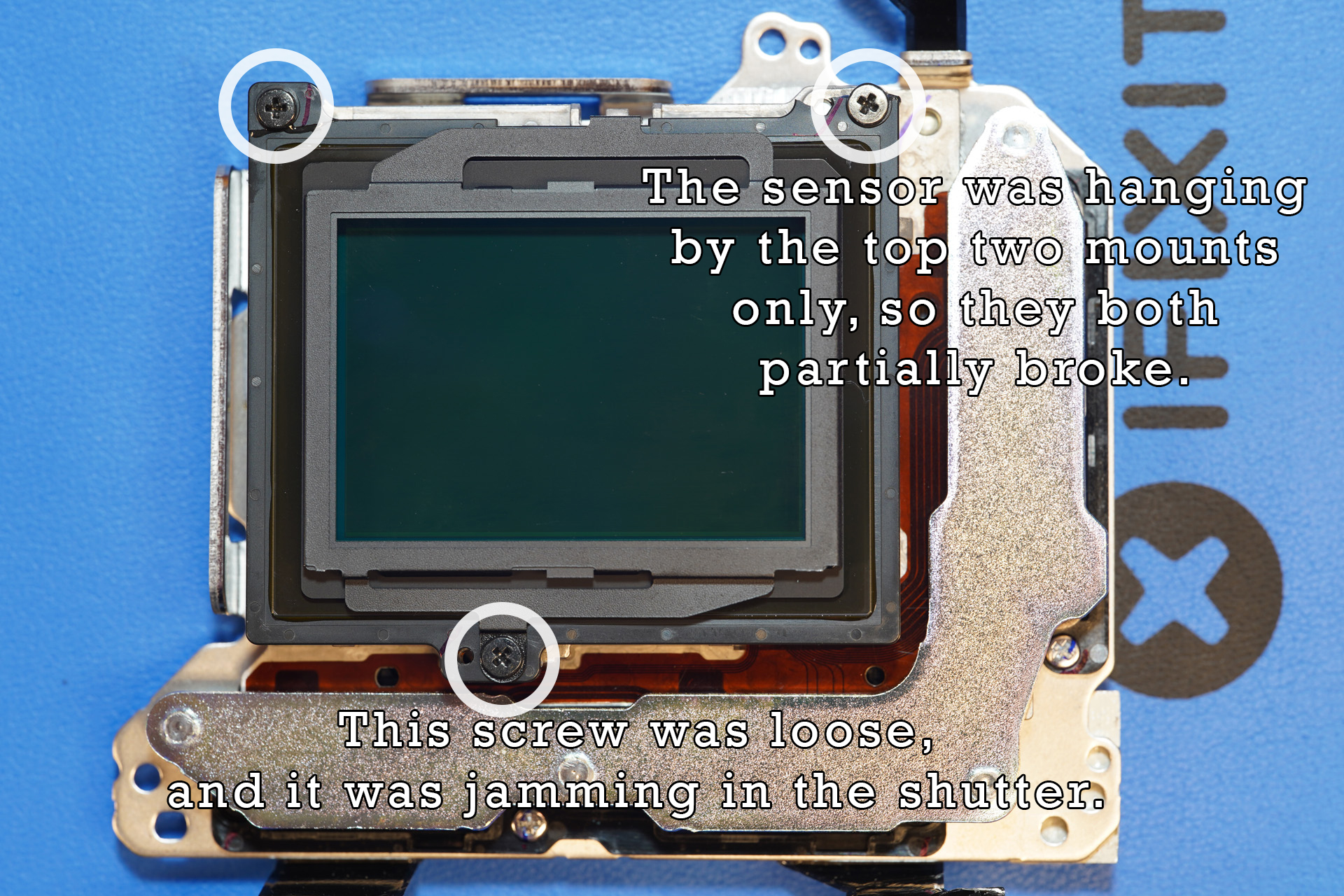
I disassembled and repaired my own Sony a7iii and wrote this disassembly guide on the iFixIt site:
https://www.ifixit.com/Guide/Sony+a7iii+Disassembly/166520
I want to promote my iFixIt guide, but I should be honest, I followed this video when I did mine. Click here.
Watch Model: Elgin National Watch Company (619485?)
Movement Serial Number: Elgin National Watch Company 8739946
Mass: 58.3g
Case Outer diameter: 42.0mm
Crystal diameter:
Thickness: 11.7mm
Movement Dimensions:
https://pocketwatchdatabase.com/search/result/elgin/8739946










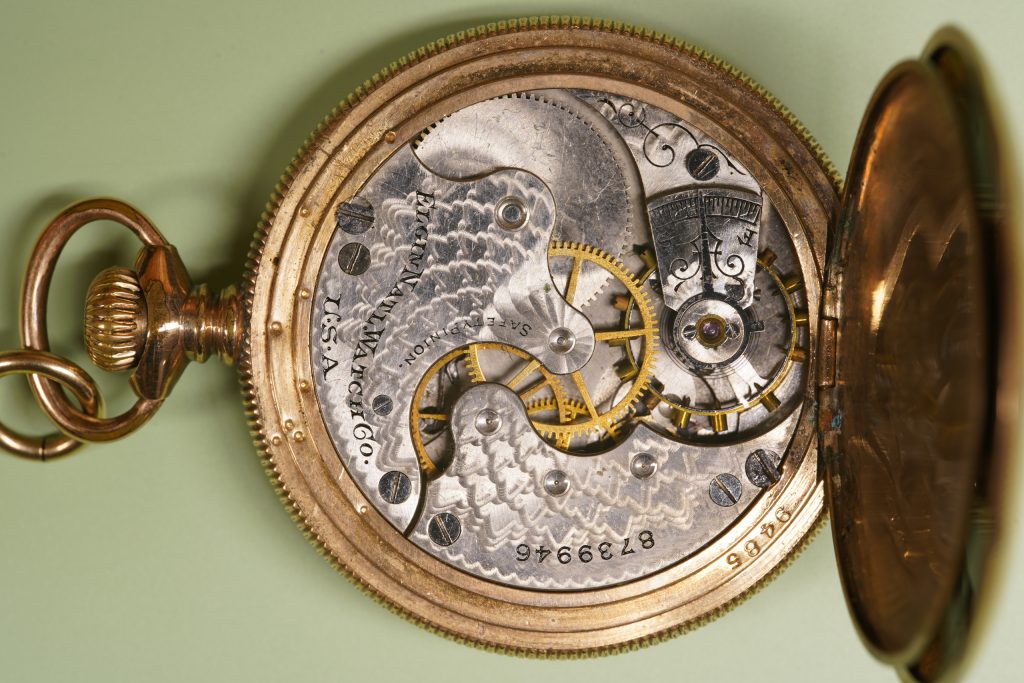
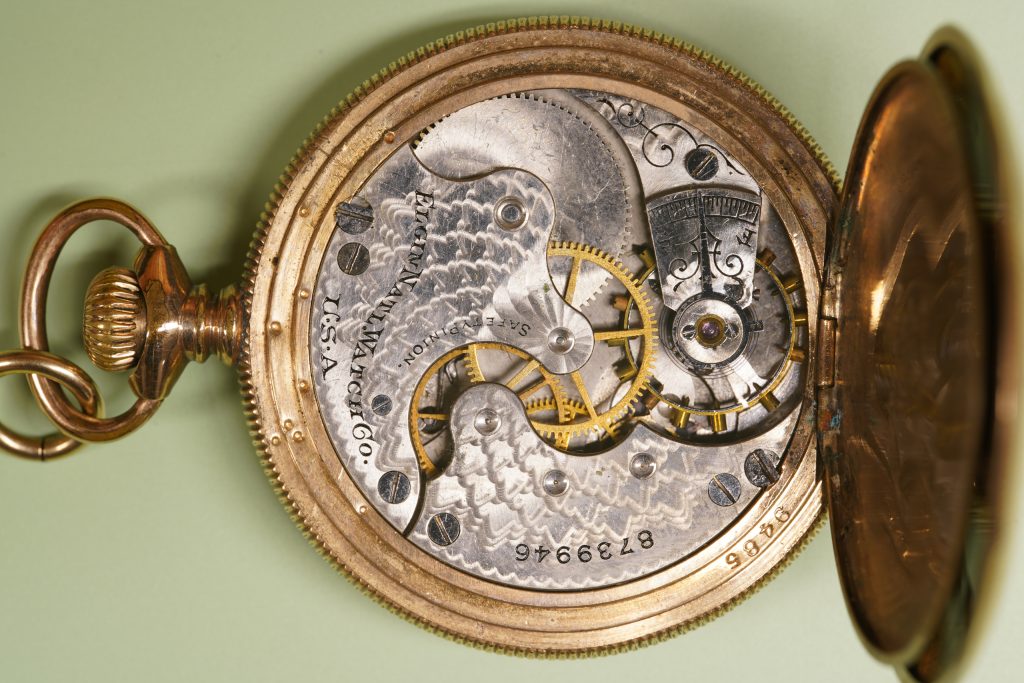


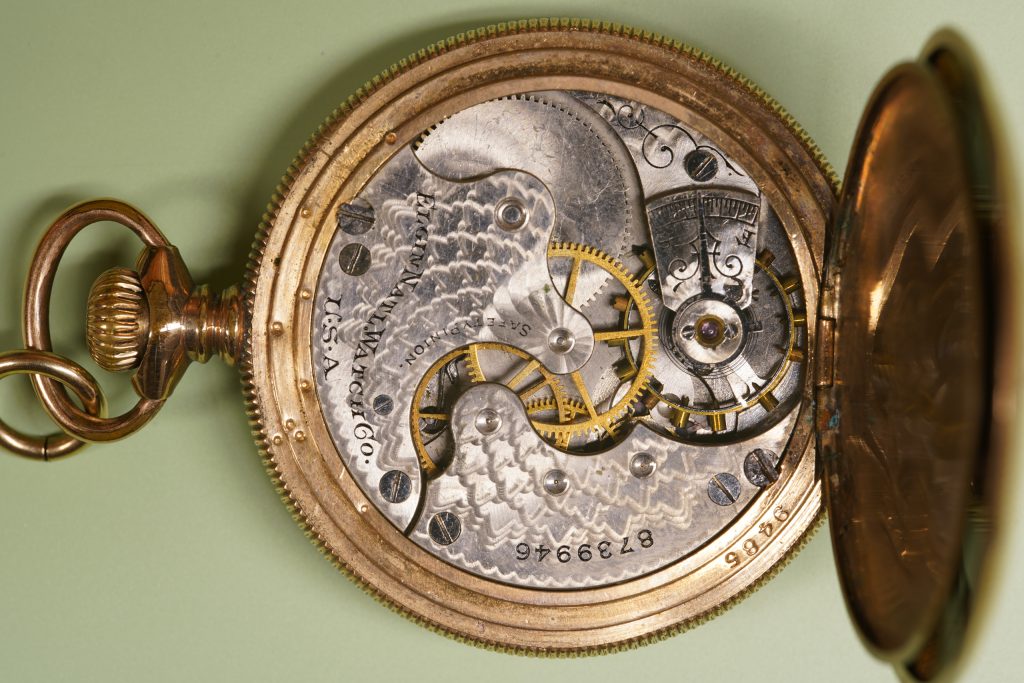
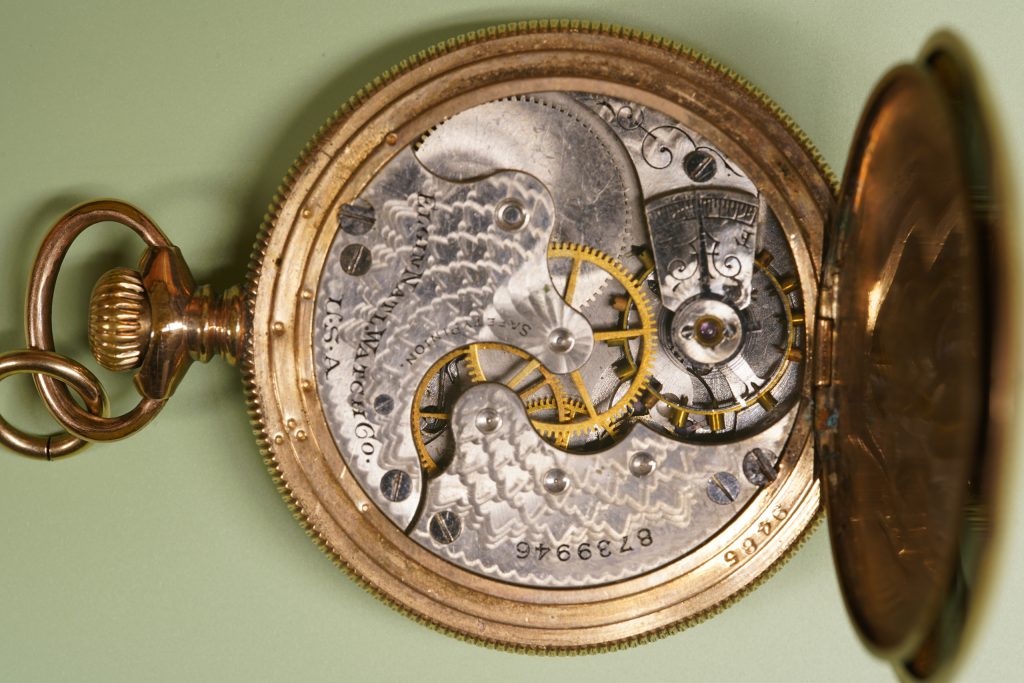

Width: 1.85mm
Length: ~450mm (~18 inches)
Thickness: 0.18mm
Apparently it’s Elgin #824.
Watch Model: Patek Philippe
Year Made: ~1932
Movement Model: Patek Philippe #949478, 7-70
Case Number: Ref. 3006, #697379
Mass, case+movement: 9.7g
Mass, movement alone: __g
Dimensions, case: 18.46mm diameter x 7.10mm thick
Crystal diameter:
Dimensions, movement: 11.9mm wide x ~16mm high x __mm thick
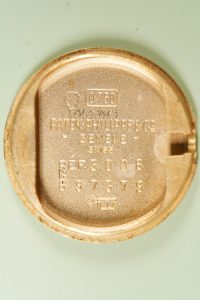

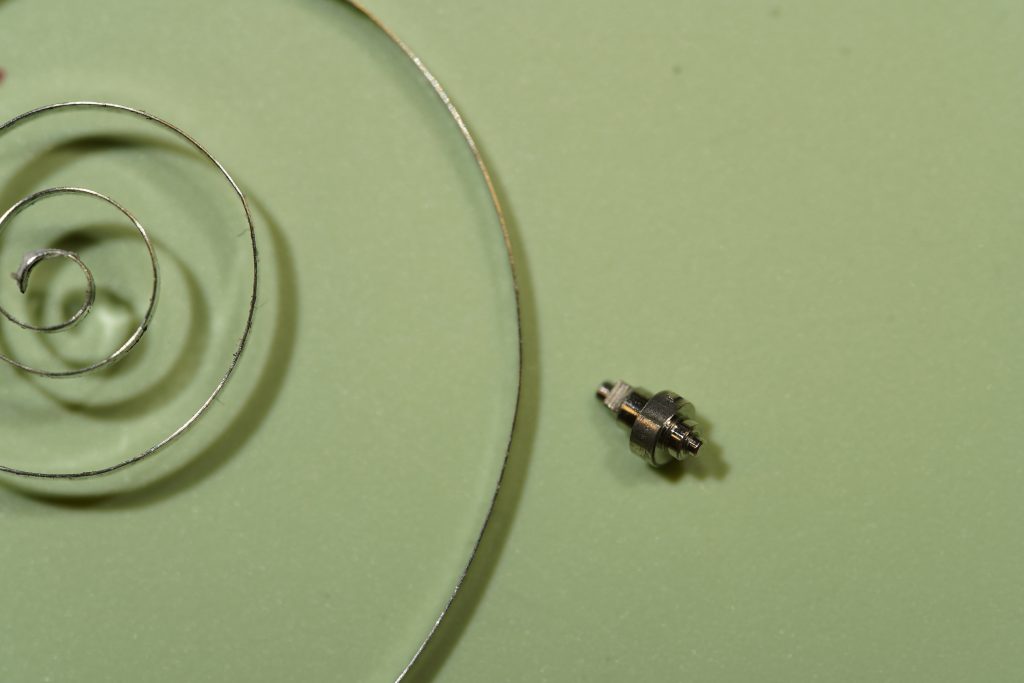


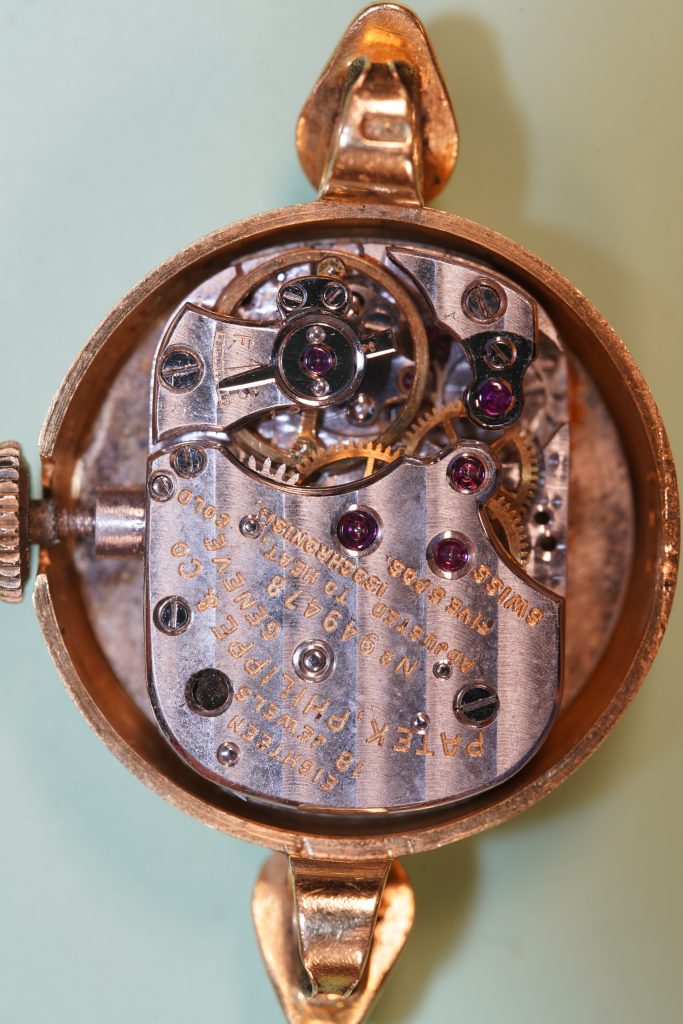


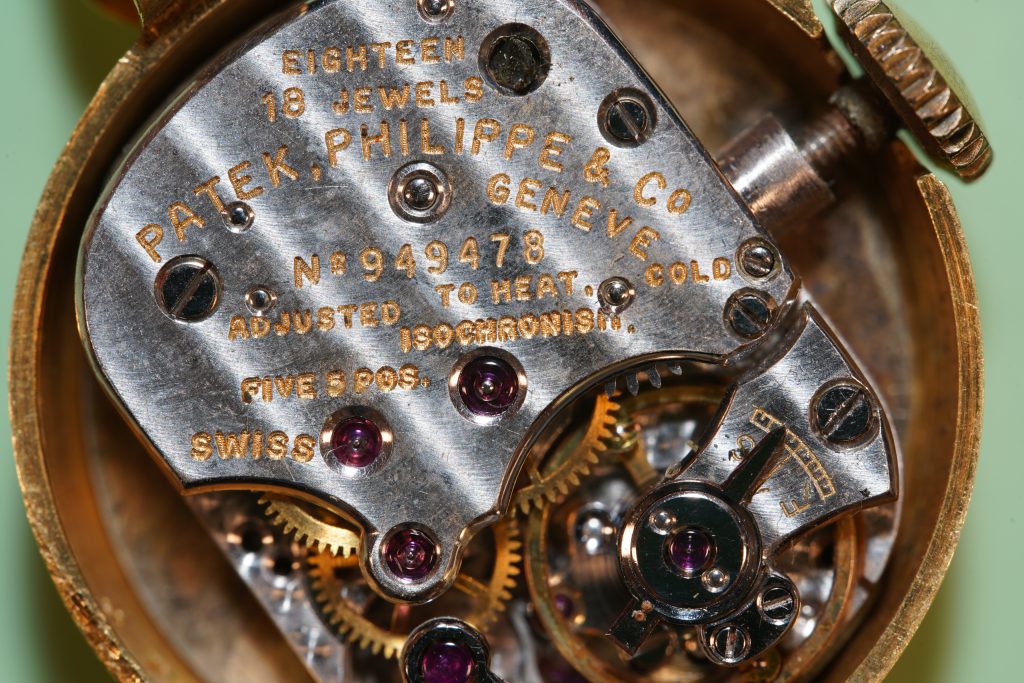
Watch Model: Jules Racine & Co. 1018672
Movement Model: Excelsior Park No 3364R
Year Made: ____
Mass: 79.96g (without string attached)
Outer diameter: 50.3mm
Crystal diameter: 42.75mm, 0.89mm thick
Shock-Resistant:
Not worth repair.
At full-throw of the pallet fork, the pallet stone does not clear the ratchet wheel tooth:
After mainspring replacement, the watch ticked through two or three teeth of the ratchet wheel, then get stuck. Normally, I would look into adjusting the ratchet wheel or pallet fork, but since the case was bent and the crystal shattered, I believe the entire movement was slightly warped throughout. When resassembling, the bridge holes didn’t quite line up, further indicating the whole movement is bent.